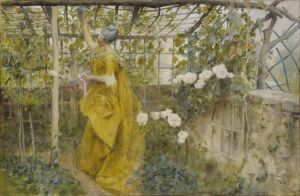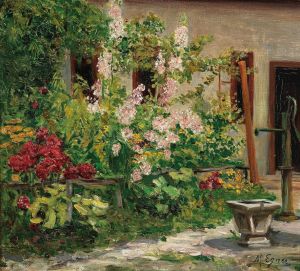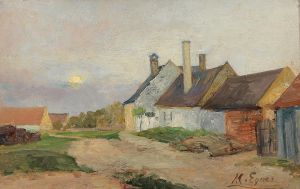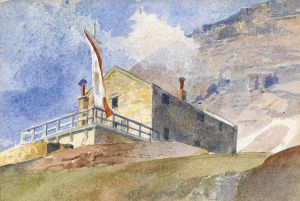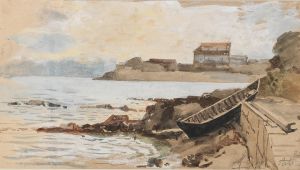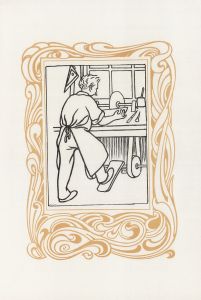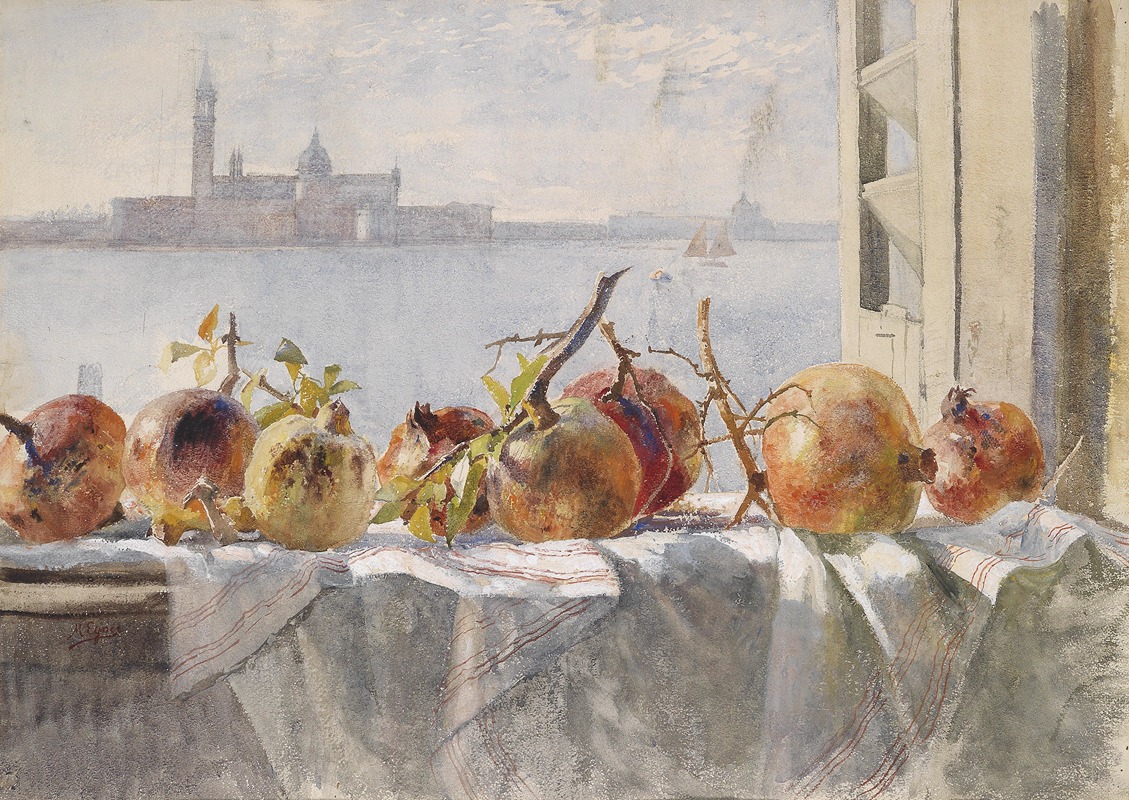
Granatäpfel auf einer Fensterbank
A hand-painted replica of Marie Egner’s masterpiece Granatäpfel auf einer Fensterbank, meticulously crafted by professional artists to capture the true essence of the original. Each piece is created with museum-quality canvas and rare mineral pigments, carefully painted by experienced artists with delicate brushstrokes and rich, layered colors to perfectly recreate the texture of the original artwork. Unlike machine-printed reproductions, this hand-painted version brings the painting to life, infused with the artist’s emotions and skill in every stroke. Whether for personal collection or home decoration, it instantly elevates the artistic atmosphere of any space.
Marie Egner (1850–1940) was an Austrian painter known for her contributions to the realist and impressionist movements in art. She studied under prominent artists of her time, including Carl Wurzinger in Vienna and Emil Jakob Schindler, a leading figure in Austrian landscape painting. Egner was particularly recognized for her skill in depicting natural subjects, such as flowers, landscapes, and still lifes, often with a delicate interplay of light and color.
"Granatäpfel auf einer Fensterbank" (Pomegranates on a Windowsill) is one of Egner's still-life paintings. This work exemplifies her ability to capture the quiet beauty of everyday objects with meticulous attention to detail and a refined sense of composition. The painting features pomegranates arranged on a windowsill, with natural light illuminating the scene. Egner's use of light and shadow creates a sense of depth and realism, while her careful rendering of the textures of the fruit and surrounding elements demonstrates her technical skill.
The painting reflects Egner's broader interest in still-life subjects, a genre that allowed her to explore the interplay of color, form, and light in a controlled setting. Her works often exhibit a harmonious balance between realism and a softer, impressionistic touch, which was characteristic of her style. While Egner's career was shaped by her training and the artistic influences of her time, she developed a distinctive approach that set her apart from her contemporaries.
Egner's contributions to art were recognized during her lifetime, and she participated in numerous exhibitions, including those held by the Vienna Künstlerhaus and the Secession movement. However, like many women artists of her era, her work did not receive the same level of attention as her male counterparts. In recent years, there has been a renewed interest in her oeuvre, and her paintings are now appreciated for their artistic merit and historical significance.
"Granatäpfel auf einer Fensterbank" is a testament to Egner's talent as a still-life painter and her ability to elevate simple, everyday objects into works of art. The painting continues to be admired for its aesthetic qualities and its place within the broader context of late 19th and early 20th-century Austrian art.





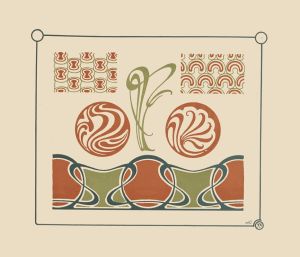
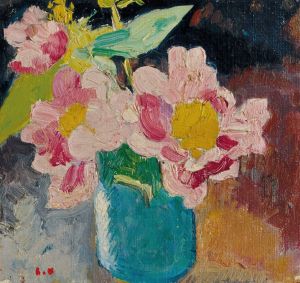
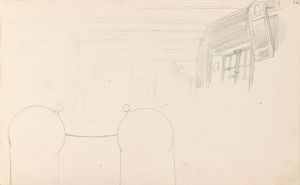
![Graphic textile or wallpaper designs with geometric patterns.] [Interior; mural color study, tropical theme with palm trees](/imgs/249359/s/winold-reiss-graphic-textile-or-wallpaper-designs-with-geometric-patterns-interior-mural-color-study-tropical-theme-with-palm-trees-aa2f4d5f.jpg)
